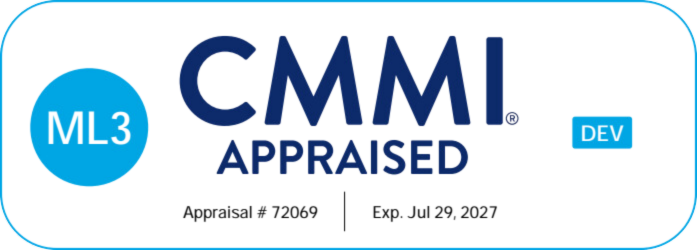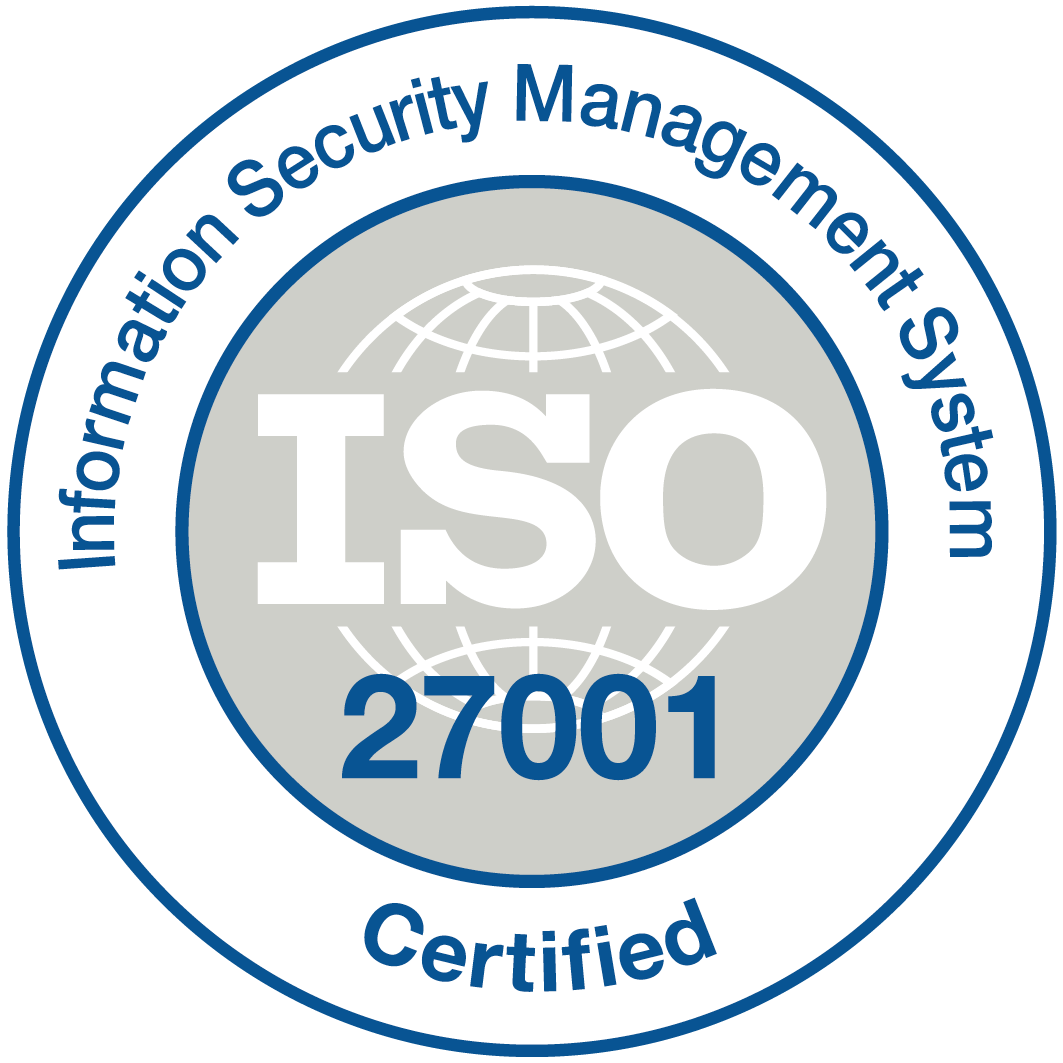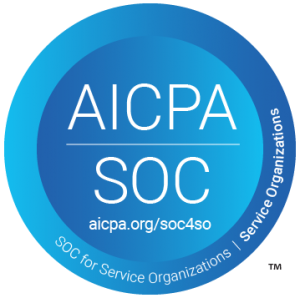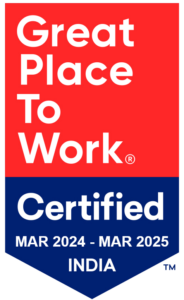
Continuous Improvement in App Development: Boosting Efficiency in 2026
Reading Time: 13 minutesThink back to your first mobile phone—the one that felt like a brick in your pocket and had a battery life shorter than a sneeze. Now, compare it to the sleek, feature-packed device you’re likely holding in your hand right now. That transformation didn’t happen overnight; it resulted from countless small tweaks and innovations. Continuous
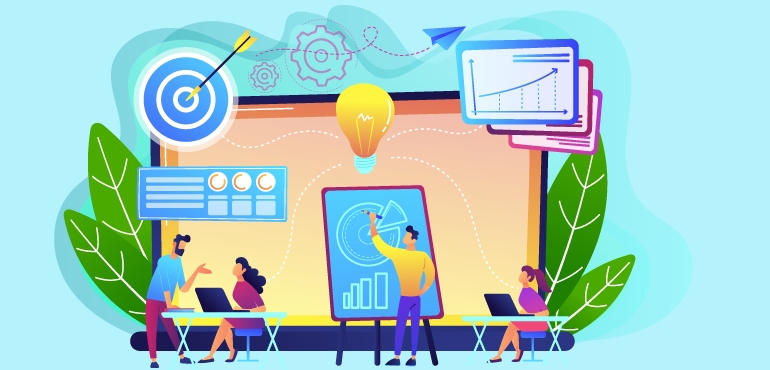
20 Valuable Benefits of Business Process Management
Reading Time: 9 minutesIn the current business landscape, collaboration and integration are increasingly important. As businesses develop and grow, every department needs to work together to meet business goals. This can lead to complicated business processes that cause confusion and result in lost time and resources. Business process management (BPM) can help businesses avoid these issues and lead

The Ultimate Guide to Business Process Management in 2026
Reading Time: 15 minutesEvery successful business relies on processes—structured sets of activities that guide teams toward achieving specific goals. But in a rapidly evolving market, simply having processes isn’t enough. Business Process Management (BPM) is the practice of examining, refining, and optimizing these workflows to drive efficiency, reduce errors, and enhance outcomes for both the business and its
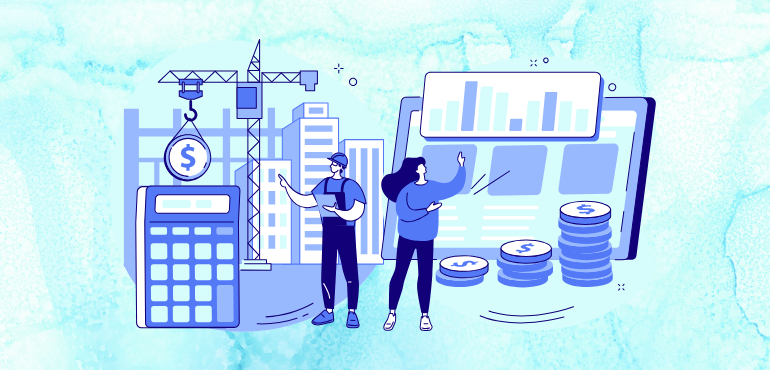
Build Your Way: How Customizable Construction Management Apps Are Reshaping the Industry
Reading Time: 9 minutesEvery construction project has its own DNA — distinct workflows, diverse teams, and unique challenges. Yet, too many teams still use rigid software that forces them to adapt to the tool. That’s where customizable construction management apps change the game. These tools are designed to adapt to your way of working — not the other

15+ Ultimate Examples of Collaboration to Thrive
Reading Time: 11 minutesThe ability to collaborate effectively isn’t just a nice-to-have — it’s the foundation of sustained success. Organizations across industries are reimagining how teams work together, break down silos, and turn shared ideas into real business impact. From cross-functional innovation hubs to seamless digital workspaces, the most forward-thinking companies are proving that true collaboration fuels agility,
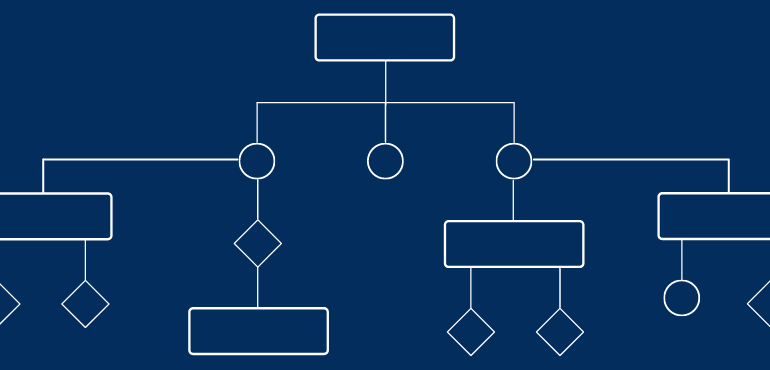
Business Process Mapping: Definition, Steps and Tips
Reading Time: 16 minutesWith businesses growing at the speed of light, it’s become apparent that many processes and functions are working to keep the business running smoothly. To understand how these organizations function, it’s important to understand how the processes work across departments and teams. This is where process mapping comes in. Process mapping can help you understand
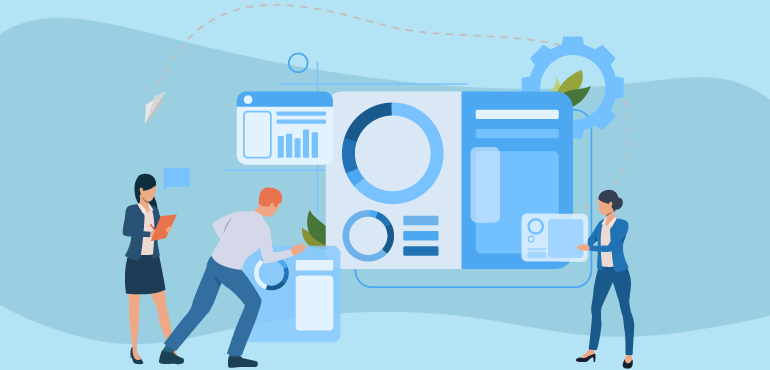
Top 10 Ultimate Business Process Management Tools for Your Business
Reading Time: 8 minutesTasks such as getting approvals, onboarding new employees, and documentation of business processes can seem mundane. Doing them occasionally may not be a problem, but the trouble begins when they become regular. These everyday tasks can take up most of your time and energy. Fortunately, you can save 30% of your time by automating such

Business Process Reengineering: Is it the perfect solution for your problems?
Reading Time: 13 minutesWith constantly changing demands, new technology, and forms of innovation, businesses need to remain at the top of their game to stay relevant. Sometimes, businesses must make high-impact decisions to remain in front of the competition and ensure that they thrive in the business landscape. One such decision is the activity of Business Process Reengineering

Navigating the Agile Framework Essential Insights for Modern Business in 2025
Reading Time: 9 minutesDid you know? According to a McKinsey survey, companies that adopt agile practices are 70% more likely to rank in the top quartile for organizational health. It’s not just a framework, it’s a catalyst for future business leaders and sustainable growth. In a world where change is constant and technology evolves faster than ever, embracing
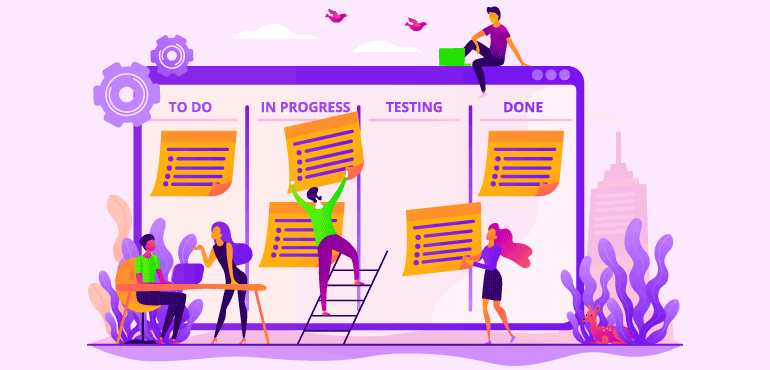
Ultimate Guide to Task Management System in 2026 fo Growth
Reading Time: 11 minutesThink of it as your team’s digital command center. A good system doesn’t just help you track what needs to be done—it brings clarity, structure, and accountability to your day. It helps you prioritize better, collaborate smarter, and actually move projects forward without dropping the ball. But here’s the thing: not every task management tool






